My on-going investigation of Thomas Bissell's life and work has yet to uncover a photograph of the man but his guns and premises are slowly being discovered.
Thomas Bissell was born in Middlesex, on the outskirts of London in 1828 and he was baptised in Fleet Street at St. Brides. He is first recorded as a gunmaker at the age of twenty-three, in 1851. He married Sarah Seabrook, ten years his junior in 1859 and they had fifteen children, not all of whom survived childhood but two (Walter and Thomas Jr.) became gunmakers, almost certainly apprenticed to their father.
The family home was at 98 Hollydale Road, Peckham. Thomas had 'works' in and around Bermondsey for most of the last half of the 19th century, from where he provided gunmaking to the trade, primarily. His most notable association was with John Rigby III.
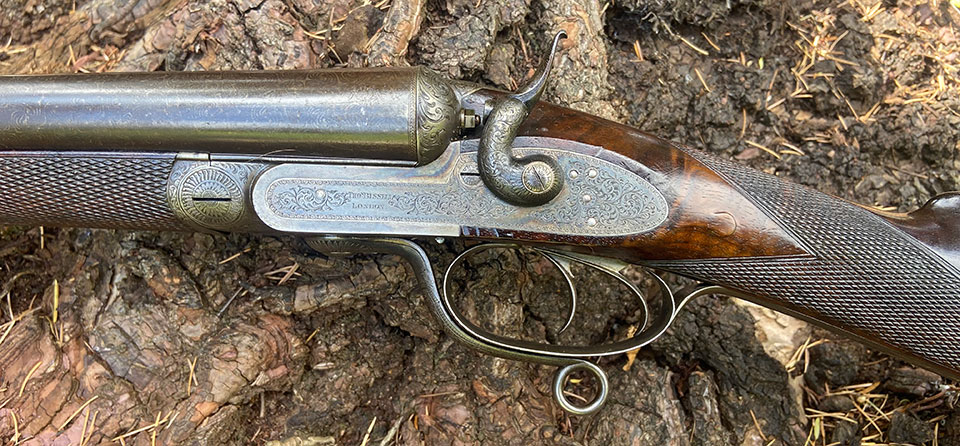
Bissell's patent with Rigby was not his first, in 1865 he patented a gun with outside hammers, which acted as cocking levers, as the strikers were internal. This patent also incorporated an extractor system, which was used both with and without the other elements of the patent.
Peckham in the 1870s and 1880s was a respectable neighbourhood of new dwellings, Hollydale Rod consists mainly of modest Victorian two-story terraced houses, with bay windows and small gardens. They are good family homes, well built and genteel.
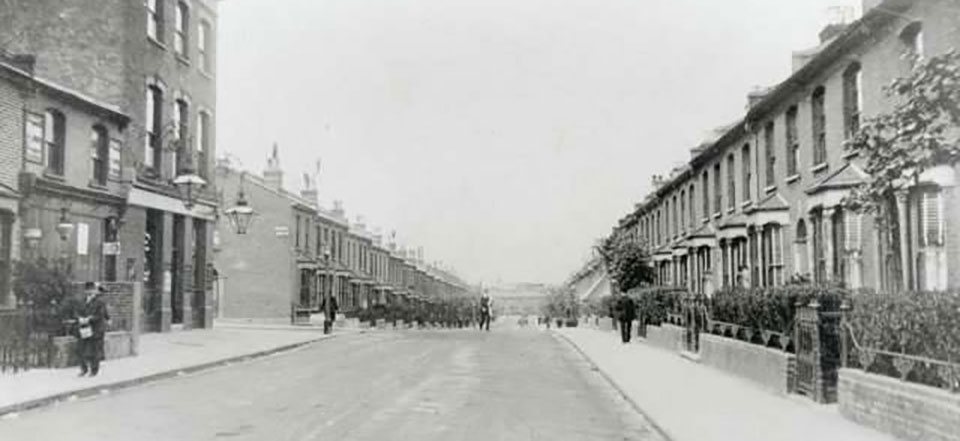
Bermondsey, where Thomas had his workshops, was a very different area. About five miles from the fashionable streets of St. James's, where Rigby had a shop, Bermondsey and Southwark were industrial, grimy, and what housing there was could best be described as slum dwellings. The predominant industries in the area were leather tanning and calico production, as well as services connected to the docks and warehouses.
Thomas Bissell was at 76, Tooley Street until 1857 and moved next door, to No.75 in 1858, then again to No.73 in 1870, where he stayed for five years. In 1876 he also had premises at 30 Star Corner.

In 1877 he is recorded as working from 75-77 Cranham Road, which was off Rotherhythe New Road. The whole area has since been demolished and made into a large housing estate. Bissell is last recorded there in 1886 and it is these premises that he recoded as his address in the 1879 patent document (No. 1141) he lodged, with John Rigby, for the famous 'Rigby Rising Bite' (though they always referred to it as a 'vertical bolt'.
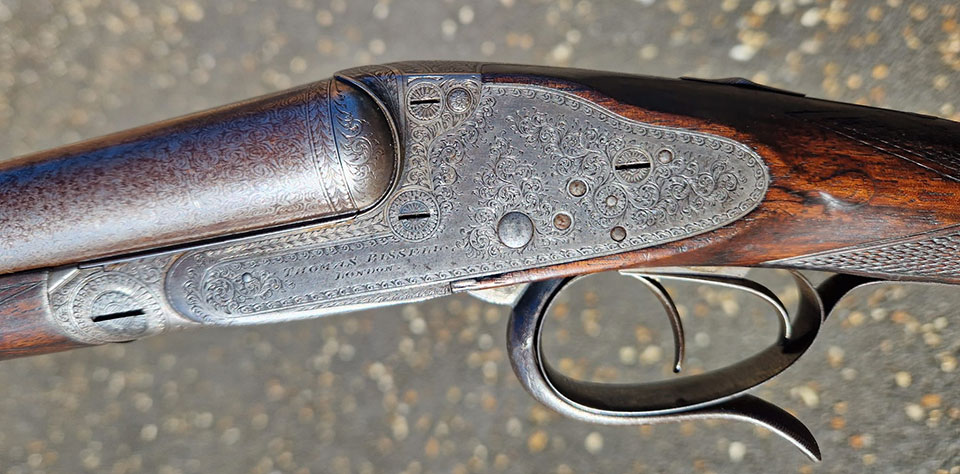
Thomas made guns under his own hame as well as for Rigby and his guns look very like Rigby's, especially his rising bite hammerless guns, with the distinctive Rigby fences and dipped edge lock-plates. His output was top London quality, like his fellow makers to the trade E.C Hodges and John Robertson.
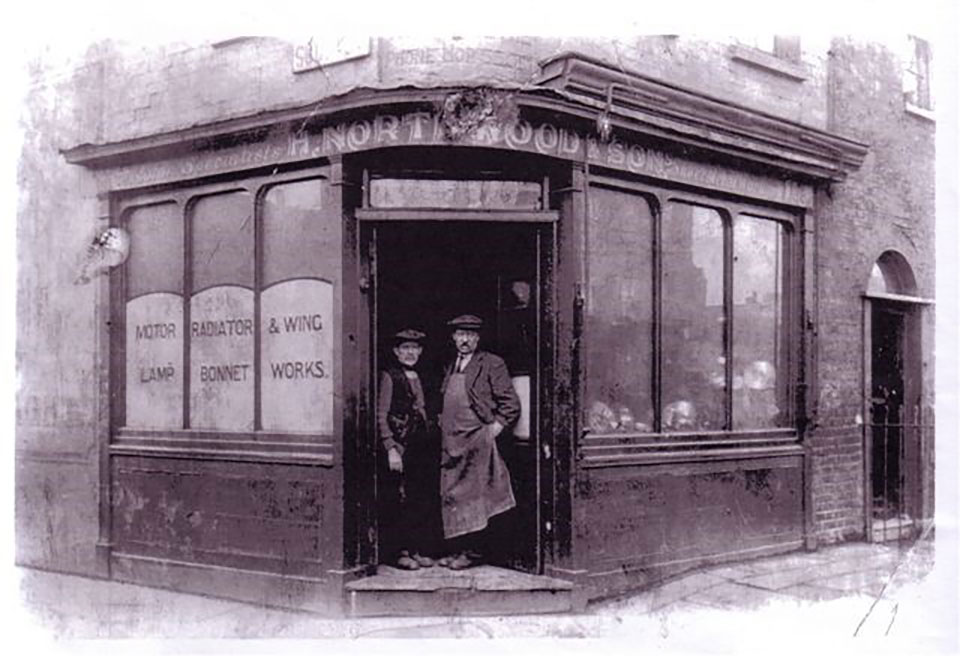
Thomas was a successful gunmaker, recording over forty years in the trade, employing others and making enough money to buy a new house, despite coming from modest means.
His relationship with Rigby continued until he died, in 1892, of 'bronchitis, infuenza' at sixty-two years of age.

I continue to research Mr. Bissell and hope to find a photograph of him in due course. At least six of his children went on to have families of their own and middle class Victorians liked to have studio portraits of themselves and their families on display, I can only hope some have survived.
For now, Thomas Bissell's legacy is embodied in his guns; both those bearing his own name and those, far more common, with 'Rigby' on the locks and his vertical bolt holding them closed.
One intriguing lead I am following is the existance of a, clearly continental, pinfire Lefaucheaux-type gun bearing Bissell's name and address on the rib. Family lore has it that the gun was bought at the Great Exhibition of 1851 at the Crystal Palace, when Thomas Bissel would have been twenty three and just freed from his apprentice status and trading as a gunmaker in his own right.
At that time, there were no English pinfires, the system being demonstrated for the first time on these shores by the Frenchman Casimir Lefaucheaux. If this is genuine and original, it raises all kinds of questions.
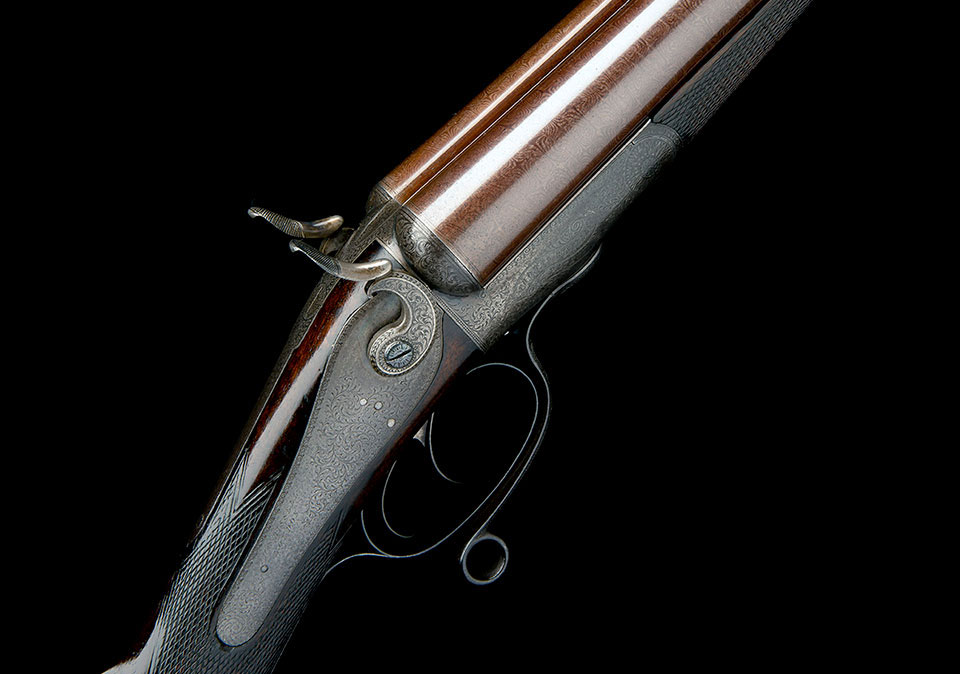
Published by Vintage Guns Ltd on (modified )




